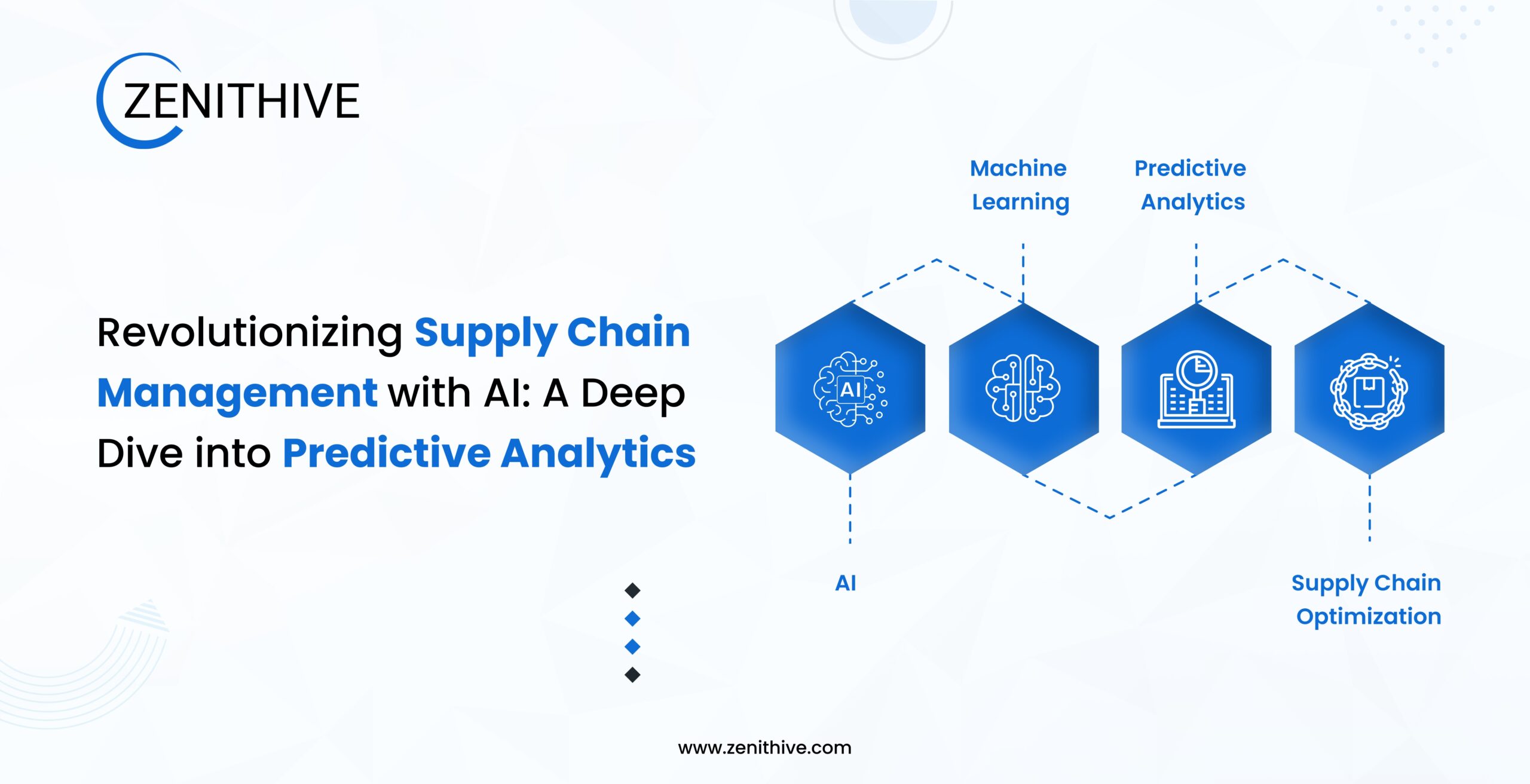Web scraping is fragile, slow, and legally risky — not ideal for startups that need reliable data pipelines for their MVPs. Golang, combined with libraries like gopacket, allows you to capture and process raw network packets directly, giving you speed, scalability, and control without depending on third-party HTML structures. In this guide, we’ll explore why Golang is perfect for this job, walk through a complete packet capture workflow, and show how you can turn it into a scalable MVP feature for analytics, monitoring, or security use cases.
Introduction — The Problem with Web Scraping for MVP Data Needs
If you’ve ever built a startup MVP that relies on external data, you’ve probably thought about web scraping.
At first glance, scraping seems like a quick hack:
- Need user activity data? Scrape their dashboard.
- Need prices? Scrape the competitor’s website.
- Need analytics? Scrape public stats pages.
The problem? It doesn’t scale.
Here’s why:
- Legal Risks — Many websites explicitly forbid scraping in their terms of service. Even if you’re not “stealing,” you can face cease-and-desist letters that derail your roadmap.
- Brittle Infrastructure — One small HTML change on the source site, and your scraper breaks. MVPs can’t afford to dedicate sprint cycles just to fixing broken parsers.
- Performance Bottlenecks — Scraping requires waiting for pages to load, then parsing HTML, then extracting text. It’s inherently slower than direct data access.
- Limited Control — You’re at the mercy of someone else’s frontend performance, CDN caching, and API throttling.
When you’re in the build fast, prove value phase of your startup, you need a data pipeline that is:
- Fast (sub-second latency)
- Stable (doesn’t break every week)
- Compliant (avoids legal gray areas)
That’s where network packet capture comes in — and why we recommend Golang for building it.
Why Network Packet Capture Beats Scraping
Network packet capture works at a lower level than scraping. Instead of asking a browser to load a page, you read the raw packets traveling over your network interface.
Benefits:
- No HTML Parsing — You get the data in its original binary or protocol format.
- Protocol-Level Filtering — Only capture the traffic you care about (e.g., TCP, HTTP, DNS).
- Real-Time Processing — Handle events as they happen instead of polling pages every X minutes.
- Greater Control — You own the collection pipeline, so you decide how it’s processed, stored, and visualized.
For startups building MVPs in fintech, IoT, SaaS monitoring, or security, packet capture lets you build advanced features faster and with more reliability than scraping.
Why Golang Is Perfect for Network Packet Capture MVPs
At Zenithive, we’ve built MVP backends using many languages — Python, Node.js, Java — but Golang consistently delivers better performance for packet capture systems.
Here’s why Golang works so well:
- Concurrency Without Complexity
Golang’s goroutines let you handle thousands of packet streams in parallel without the headache of threads or async callbacks. - Low Memory Usage
Golang can process large volumes of network traffic on small cloud instances — perfect for cost-conscious MVP launches. - Cross-Platform Deployments
Whether you deploy to a Linux server, macOS workstation, or a Docker container, the same Go code runs without modification. - Rich Networking Libraries
The gopacket package (from Google) makes it easy to capture, decode, and analyze packets from various protocols. - Startup-Ready Speed
Benchmarks often show Go handling millions of packets per second with proper tuning — essential for MVPs that need to scale from 10 users to 10,000 without a rewrite.
Step-by-Step: Building a Packet Capture MVP in Golang
We’ll walk through building a minimal but real-world-ready packet capture system in Go.
Our MVP will:
- Capture packets from a network interface.
- Filter packets to only what’s relevant (e.g., TCP).
- Process metadata (source IP, destination IP, protocol).
- Store data in a format ready for analytics.
Step 1: Install Dependencies
You’ll need:
go get github.com/google/gopacket
go get github.com/google/gopacket/pcap
Also, make sure libpcap is installed:
sudo apt-get install libpcap-dev # Ubuntu/Debian
brew install libpcap # macOS
Step 2: Minimal Packet Capture Example
package main



